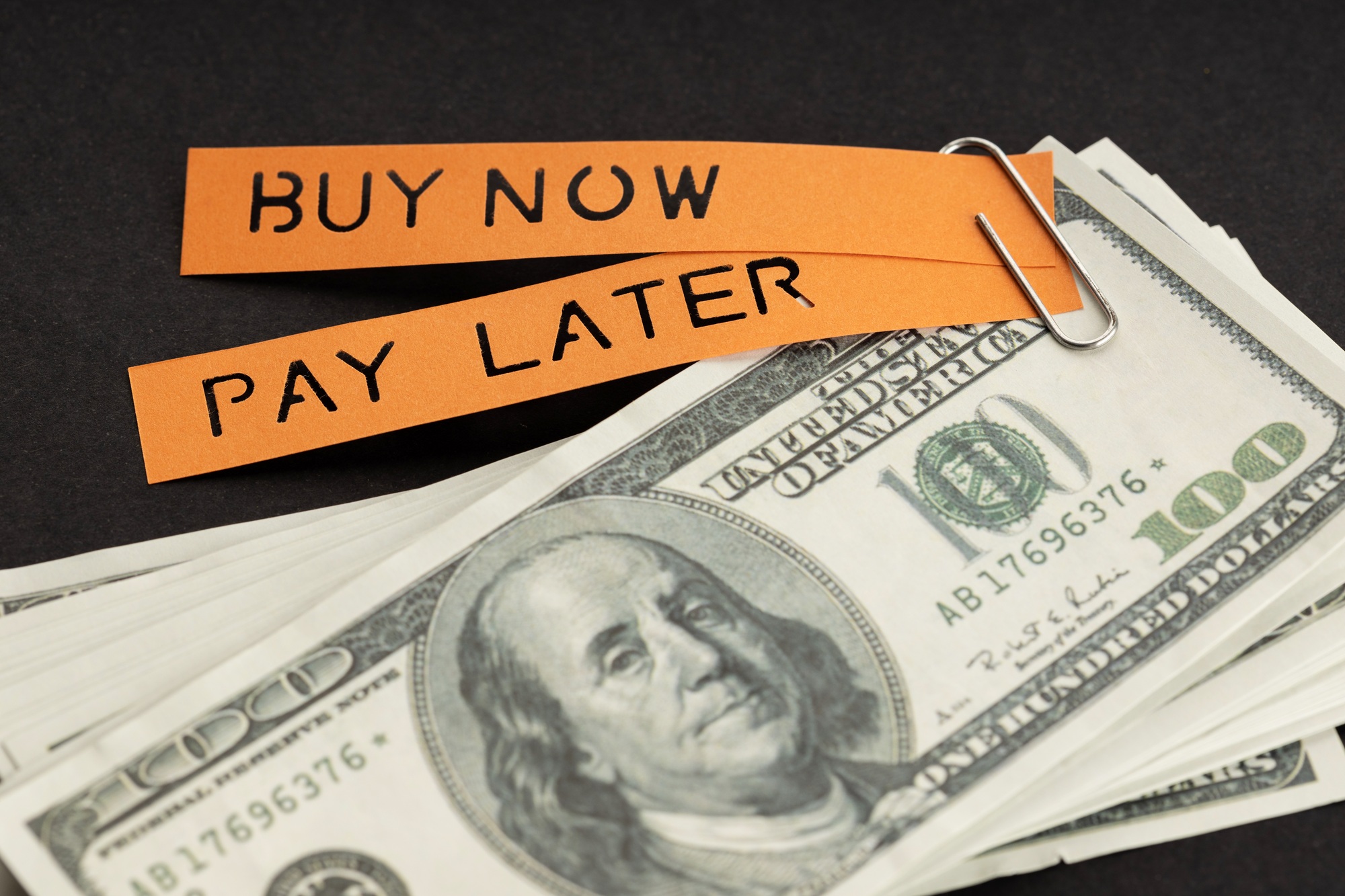Consumers are increasingly turning to Buy Now, Pay Later (BNPL) services as an alternative method for making purchases while managing cash flow. With companies like Afterpay, Klarna, and Affirm leading the charge, these platforms allow shoppers to acquire goods immediately and pay for them over time, often with no interest. However, the rising popularity of BNPL has also sparked concerns about potential pitfalls, including the risk of falling into debt.
Market Impact
According to a report from the Worldpay 2022 Global Payments Report, BNPL transactions are projected to reach approximately $680 billion by 2025, skyrocketing from just $295 billion in 2021. This sharp increase in adoption can be attributed to the convenience of deferred payment options and the growing digital commerce ecosystem, especially during and after the COVID-19 pandemic. As consumers look for alternative financing methods amid increased inflation and rising interest rates, BNPL services have become an attractive solution.
Despite its appeal, consumer advocacy groups have raised alarms over the potential for financial pitfalls. A recent survey by the Consumer Financial Protection Bureau (CFPB) revealed that nearly 80% of BNPL users are unaware of the potential debt traps associated with these services. This lack of understanding can lead to unmanageable repayment schedules, ultimately adversely affecting credit ratings and overall financial health.
Expert Opinion
Financial experts emphasize the importance of understanding the terms and conditions associated with BNPL programs. “Consumers should approach BNPL services with caution and educate themselves on the repayment timeline and any associated fees,” advises Dr. Susan Hayes, a financial psychologist and author. “While the option to spread payments can seem appealing, it can create a false sense of affordability that may lead to overspending.”
Additionally, Dr. Hayes points out the growing trend where consumers opt for multiple BNPL services simultaneously, increasing the likelihood of accumulating debt. “It’s essential for consumers to avoid the temptation of using several BNPL platforms concurrently, as this can lead to a cycle of borrowing without fully grasping the total financial obligation.”
Background
BNPL has gained traction over the past several years, especially among younger consumers who value flexibility in their purchasing decisions. A study from ClearPay found that 68% of millennials use BNPL services, primarily for everyday items such as clothing, electronics, and home goods. However, fewer than half of these users are aware of comprehensive budgeting techniques that can help mitigate debt risk.
Traditional credit cards, which typically accrue interest, are being overshadowed by BNPL options that appeal to consumers eager to avoid long-term debt. Nonetheless, a lack of financial literacy can exacerbate the risk of overspending, leading to increased reliance on these services and potential financial instability.
What’s Next
As BNPL continues to reshape the retail finance landscape, regulators are closely monitoring these services for compliance and consumer protection measures. In the United States, the CFPB has indicated that it may introduce new regulations aimed at ensuring that lenders provide clear information about the risks and fees associated with BNPL options.
For consumers, educating themselves about personal finance and developing a solid budget can play crucial roles in avoiding the traps of BNPL services. Experts recommend employing tools such as budgeting apps to track spending and prevent overspending facilitated by the convenience of BNPL.
To maximize the benefits of BNPL without compromising financial well-being, consumers should practice moderation and mindfulness. Making purchases with a clear understanding of repayment commitments, prioritizing essential items, and utilizing BNPL responsibly can transform the way consumers approach spending.
As the popularity of Buy Now, Pay Later continues to rise, it is imperative that consumers remain informed and prudent in their financial choices. In doing so, they can harness the advantages of this payment model while steering clear of its potential drawbacks. Ultimately, the goal is to achieve financial empowerment, enabling a well-balanced and sustainable approach to managing cash flow and consumption.







